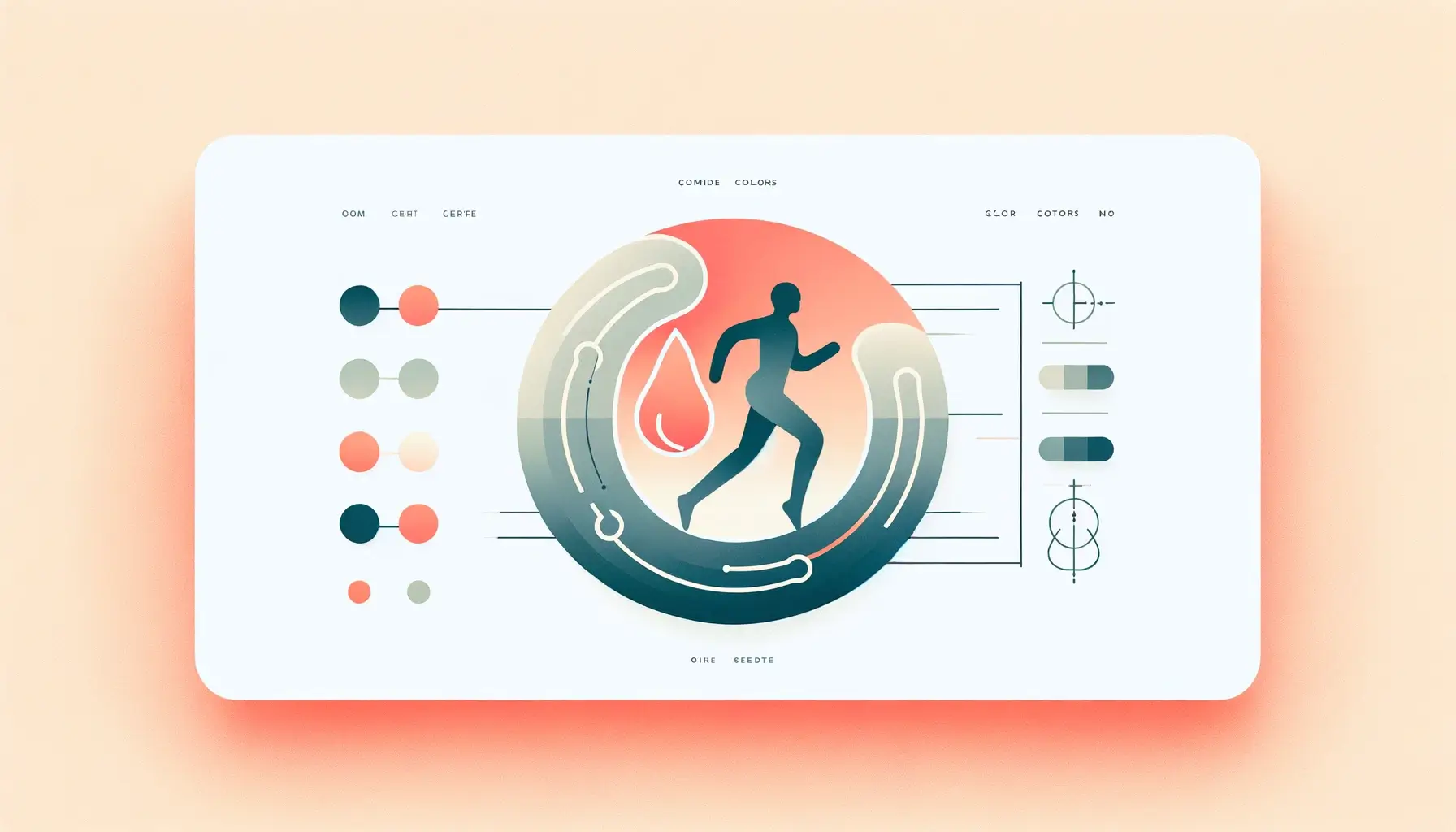A Basal Metabolic Rate (BMR) Calculator is a valuable tool for anyone aiming to understand how many calories their body needs at rest to maintain basic life functions. BMR reflects the energy expenditure by vital organs, including the heart, brain, kidneys, and respiratory muscles, over a day when the body rests entirely. Below is an in-depth look at what BMR entails, why calculating it is important, and how a dedicated calculator helps in managing weight and overall health.
Introduction to Basal Metabolic Rate
Basal Metabolic Rate (BMR) measures the minimum energy (calories) the human body requires to carry out essential physiological processes like breathing, blood circulation, and temperature regulation. Often compared to an engine’s idle rate, BMR is distinct from other metabolic calculations in that it excludes any energy spent on digestion, physical activity, or environmental stressors.
Key Points:
- Influenced by Genetics: Individual BMRs vary partly due to genetic makeup, body composition, and hormone levels.
- Critical for Weight Management: Knowing one’s BMR helps align caloric intake with goals of losing, gaining, or maintaining weight.
Why a BMR Calculator Is Useful
- Nutritional Planning: By revealing how many calories the body needs at rest, it informs whether a diet plan should reduce or increase daily caloric intake.
- Weight Control Strategy: BMR forms a baseline—people aiming to lose weight ensure total consumption stays below the TDEE (Total Daily Energy Expenditure), whereas those wanting to gain might do the opposite.
- Exercise Programming: Fitness professionals can use BMR alongside activity levels to construct personalized training regimens that accurately measure energy outputs.
- Health Awareness: Understanding BMR fosters deeper insight into metabolism, leading to more informed lifestyle choices, especially around meal timing or portion size.
How a BMR Calculator Works
Though precise clinical measurement of BMR can occur under controlled conditions (like in a lab environment), most calculators rely on established predictive equations and user-provided data, typically:
- Age: Metabolic rate generally decreases as lean muscle mass shifts and hormonal changes occur.
- Gender: Men and women differ in body composition and hormone profiles, influencing BMR.
- Height and Weight impact body composition; taller or heavier individuals may need more energy even at rest.
- Activity Level (Optional): Some advanced tools add an activity multiplier to estimate TDEE from BMR, though the pure BMR calculation focuses on rest.
The output is typically displayed in calories (kcal) per day, indicating the daily maintenance energy if no physical movement occurs beyond essential bodily functions.
Benefits of Using a Dedicated Calculator
- Quick Insight: Provides an instantaneous reference point without complex manual arithmetic or memory of standard reference charts.
- User-Friendly: Straightforward input fields (gender, age, height, weight) allow novices or professionals to glean results rapidly.
- Reference for Adjustments: Individuals can recalculate BMR over time as weight, muscle mass, or age changes, refining diet and exercise programs continually.
- Educational Value: Encourages people to explore metabolism, highlighting that everyday body functions consume a significant portion of total caloric output.
Applications in Various Fields
- Weight Loss and Fitness: Personal trainers or dietitians use BMR-based calculations to set safe, realistic client targets.
- Medical Assessments: Some healthcare providers incorporate BMR calculations into nutritional counseling, especially for patients requiring special diets or metabolic therapies.
- Sports and Performance: Athletes balancing intense training regimens check their daily caloric usage and recovery needs.
- Metabolic Research: Scientists investigating obesity, diabetes, or endocrine disorders use BMR data to track baseline metabolic shifts in studied populations.
Considerations and Caveats
- Predictive Accuracy: Equations used by calculators (like Harris-Benedict or Mifflin-St Jeor) yield estimates rather than precise lab-measured BMR.
- Body Composition Differences: Equations might be less accurate for those with significantly higher muscle mass or individuals outside typical reference groups.
- Age and Gender Ranges: Tools might have recommended usage brackets and disclaim usage for young children or older people without clinical oversight.
- Dynamic Metabolism: BMR can vary based on hormonal fluctuations, recent weight changes, or health conditions. Regular recalculations or medical consultations may be prudent for those with rapidly shifting body states.
Tips for Best Results
- Measure Body Weight Accurately: Using a properly calibrated scale helps keep BMR calculations consistent.
- Input Realistic Data: Some tools also request body fat percentage or activity multipliers—being honest or updated with these details yields better approximations.
- Combined with Professional Advice: A BMR reading is an indicator, not a prescription. When health goals are significant or complex, diet and exercise planning benefits from nutritional or clinical insight.
- Track Changes: Muscle mass adjustments can shift BMR if losing or gaining weight. Periodic re-check ensures the data remains relevant for your new body composition.
Future Directions
- Wearable Integration: Next-generation fitness or health devices might approximate BMR from continuous body metrics—like body temperature, heart rate, and movement logs.
- Machine Learning Refined: Tools might adopt advanced algorithms to refine estimates based on large user datasets, producing more individualized results.
- Holistic Health Platforms: Some apps could combine BMR with stress, sleep, or genetic data, giving a broader metabolic portrait.
- Voice-Command or Chatbot Tools: Voice assistants might automatically gather user data and respond with daily BMR guidance upon a simple request.
Conclusion
A Basal Metabolic Rate (BMR) Calculator is a foundational aid for anyone keen on understanding and managing their metabolism. Converting basic personal data into an estimate of resting caloric needs empowers users—be they health professionals, athletes, or everyday individuals—to shape informed nutrition and exercise plans. While not a substitute for clinical measurements or expert counsel, the calculator is a convenient stepping stone toward better grasping one’s metabolic landscape, guiding balanced lifestyles, and fueling long-term health strategies.


